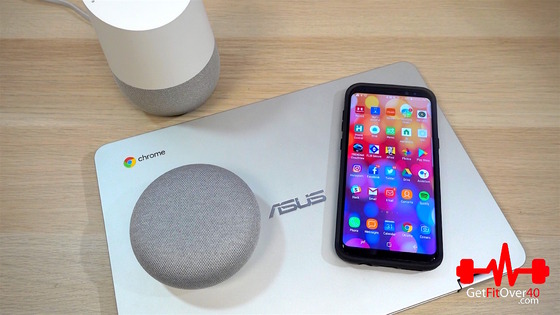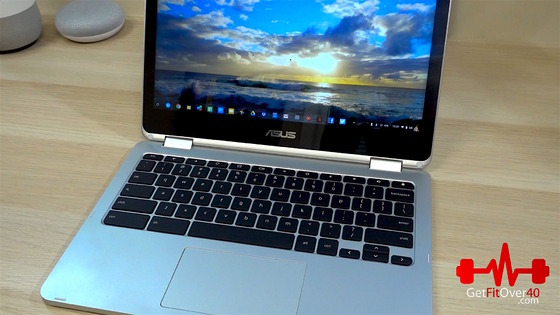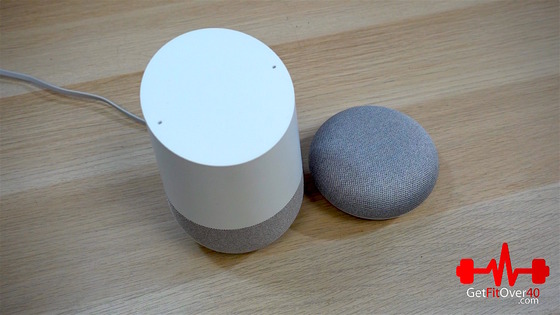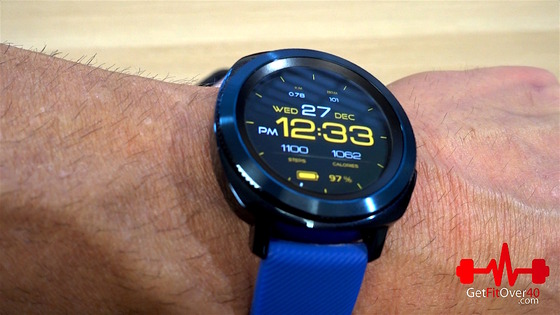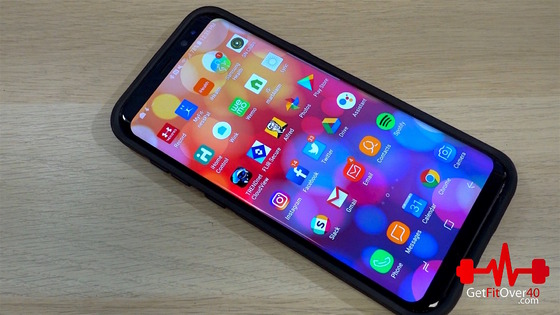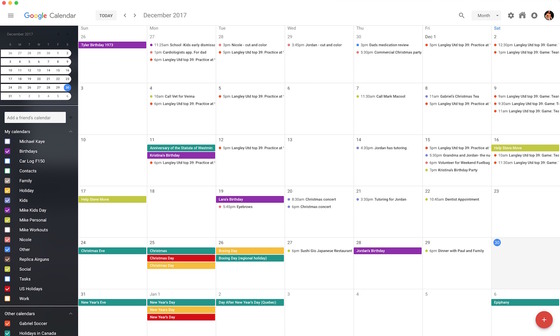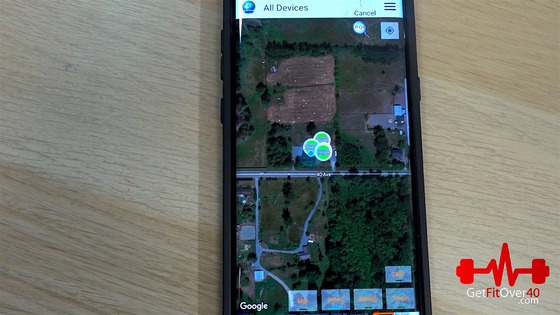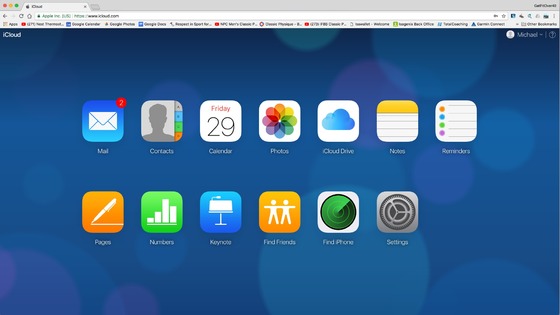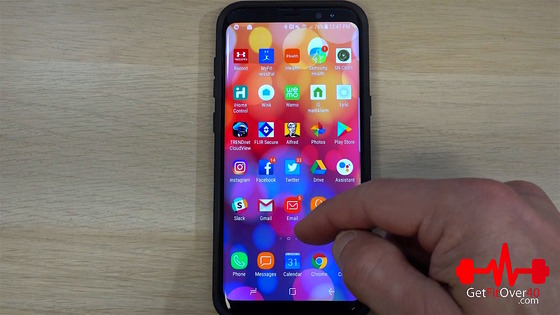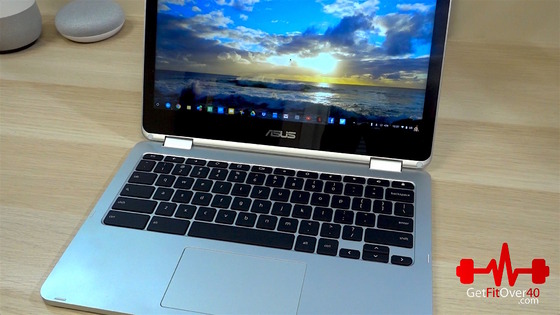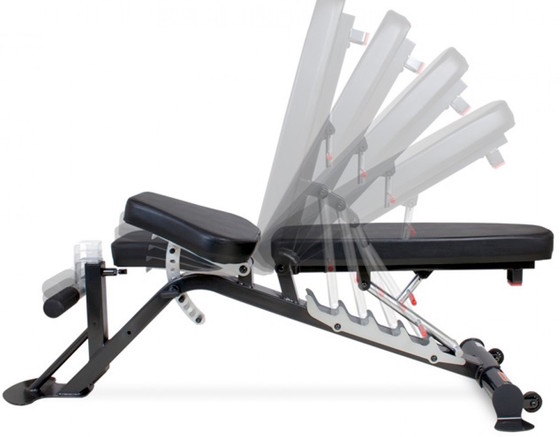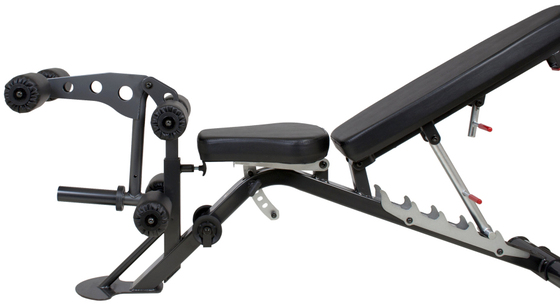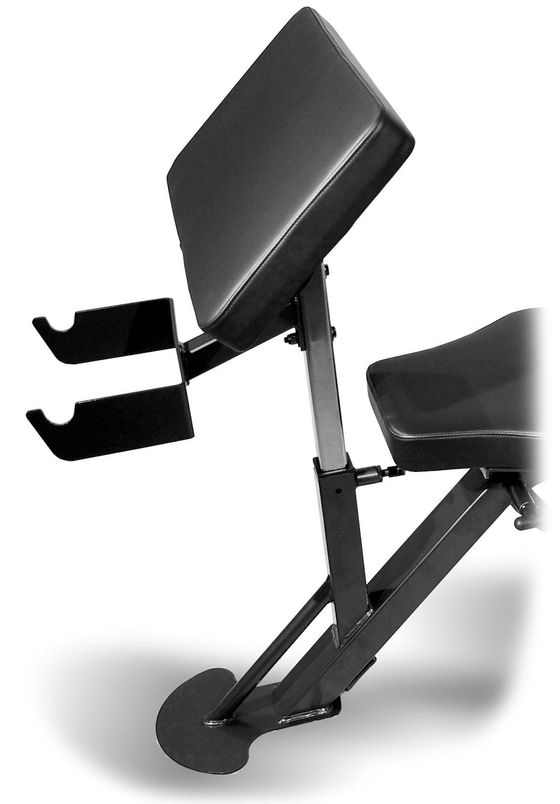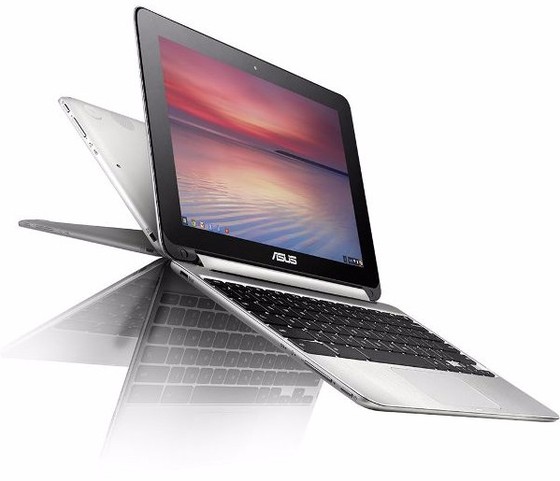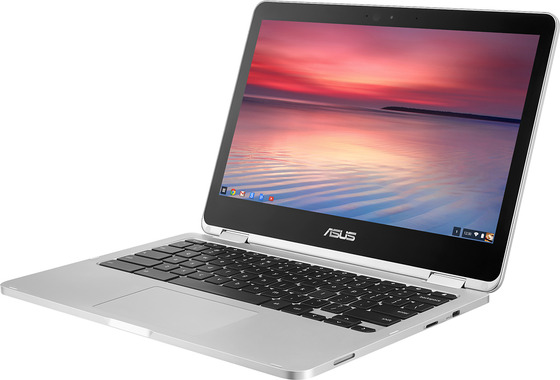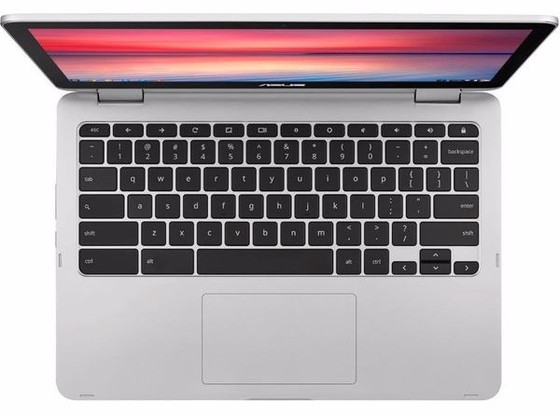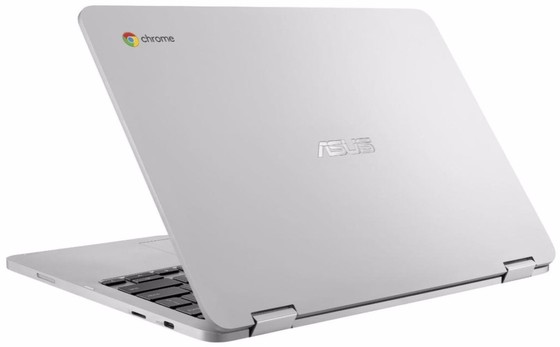Switching from Apple to Google
 Saturday, December 30, 2017 at 10:56AM
Saturday, December 30, 2017 at 10:56AM
What do I mean by Switching from Apple to Google? Both companies provide hardware, operating systems, applications and services. For the most part I have changed over everything to Google with only a few exceptions.
I don’t recommending this for everyone as I still strongly feel that Apple is a great solution for many people. I still use a Mac desktop computer for my heavy lifting and my family all still has iPhones which was something I needed to consider when I switched over to Google.
Why Did I do it?
It all started with the Chromebook, I purchased a Chromebook to replace my MacBook Pro since I already had an iMac desktop computer as my main workhorse and I figured a Chromebook would do everything I needed when I wanted to be portable. As it turned out my Chromebook exceeded my expectations and now my entire family uses them as their main portable computers.
Just recently I purchased my first Google Home and fell in love with the concept. I love the way I can access my smart home devices and automate my life. I even went out and bought a bunch more of the Google Home systems so I could access Google Home in more areas of my house and office. My kids are getting their own units for Christmas along with a family music plan…
The one thing I realized was that Google Home works best if you’re using Google services, like their calendar and contacts. If you want to access this info on your Google Home, then you need to make sure your calendar and contact info is in the Google cloud. At first I achieved this from my Apple iPhone using third party apps that synced my Apple Calendar and Contacts with Google Calendar and Contacts. At this point I started to wonder why I was using Apple hardware if I was becoming so Google oriented?
The last straw that lead me to decide to switch from Apple to Google was when I bought a Samsung Gear Sport Smart Fitness Watch and tried to use it paired with my Apple iPhone only to find out it was crippled in so many ways when paired with an iPhone rather than an Android Phone. I could only really do basic stuff and when it came to adding more Applications to the Samsung Gear Sport Smart Fitness Watch, none of the fitness Apps I really wanted where available. And the thing was I really loved the Samsung Gear Sport Smart Fitness Watch since it had a great design, was superior to my older first gen Apple watch in many ways and its optical heart rate monitor was the first one that actually worked for me. That was it. I decided to switch from Apple to Google!
What did I get?
Well you know I got the Samsung Gear Sport Smart Fitness Watch and so that replaced my Apple Watch. For my iPhone replacement I did some research and ended up getting the Samsung Galaxy S8 plus Android Phone, I was also considering the Google Pixel 2 but really liked the design of the Samsung Galaxy S8 and the screen on the Galaxy S8 is simply amazing!
Things to Consider when Switching from Google to Apple.
Calendars and Contacts we kind of covered already but you will need to get your Apple Calendars and Contacts over to Google Calendars and Contacts. There are a few ways to do this, there was even software on my new phone to help with transferring my iPhone data over to my Android phone. I could have even brought over my photos and movies this way but I chose to use Google Photos instead.
I recommend Google Photos to everyone no matter if you use an Apple or Android phone, why wouldn't you. Google Photos is free, space is unlimited and the quality is very good, (1080p video and 16MP Photos). Just download the App on your device and Google Photos starts uploading your photos and movies to the cloud where you can view them and share them on any device. That was a no brainer and not having to buy extra Apple iCloud storage and constantly getting “Your iCloud is Full” warnings is a bonus. My entire family now has Google Photos on their iPhones.
Was I going to lose Find my Phone Locations Services?
Nope, there is an App for that :) I use an App on my Samsung Galaxy S8 called xFi Locator which allows me to tap into Apple location sharing services. All I need to do is log my Apple credentials in and since I use this setup with my Apple family location services, I then have access to my entire families phone locations. I can also use this same App to locate my Android devices so I have it on my Chromebook and my Samsung Galaxy S8 to find either one if I need to.
What about Facetime?
My family doesn’t use facetime a lot, we see enough of each other most days but it is nice when I travel so I wanted a solution for this. I went with Google Duo as it seemed like the logical choice and again you can download Google Duo to the iPhone and it sets up super quickly by simply entering in your phone number as your username.
Online Storage and Documents.
I was already using Google Drive and Dropbox as my online storage choices so there was really no change there as these options work on pretty much every device. Same with my documents like Word and Excel. I was primarily using Google Docs for this so no change was required here either.
Apple Mail on Non-Apple Devices.
Apple has their 2-Factor Authentication which does make setting up your Apple mail on an Android device a little more complicated than on an iPhone but it can be done by creating a device specific password. You may have to do this online using your Apple ID through Apples Apple ID Webpage.
Other Miscellaneous Apps.
When it comes to most Apps, you can generally find all the same popular Apps for Android as you would find on your iOS iPhone and for the most part they look and work about the same but be prepared for a little bit of weirdness since some features may work differently on each platform.
Getting use to the Android Interface.
I have been using an Apple iPhone since the very first version came out so I’m not going to lie, there was some getting use to the new interface and is one System OS better than the other? Not really, Apple offers a bit more simplicity with pretty much the same user experience from phone to phone. Android Phones are more customizable which means one phone can look and navigate completely different than another Android phone. Companies also like to throw their own custom interfaces on their devices to perhaps differentiate themselves. At the end of the day I can get around on my Samsung Galaxy S8 just as easily and quickly as I did on my Apple iPhone.
Do I regret Switching from Apple to Google?
When I first made the jump I was a little bit worried. I knew I had some work ahead of me doing some research to figure to some workarounds between the devices. I’m happy to say I am very pleased with my decision at the end of the day. Not only am I more educated about the different phone options out there but I feel that at least for me at this point in my life Switching from Apple to Google was the right decision. I feel I have more options available to me now when it comes to hardware choices for Phones and Fitness Tech devices. Apple does like to keep their hardware and software a bit more closed in which can be limiting at times.
times.
 Android,
Android,  Android Wear,
Android Wear,  Apple Watch,
Apple Watch,  Chromebook,
Chromebook,  Google in
Google in  Product Review,
Product Review,  YouTube Video
YouTube Video 




